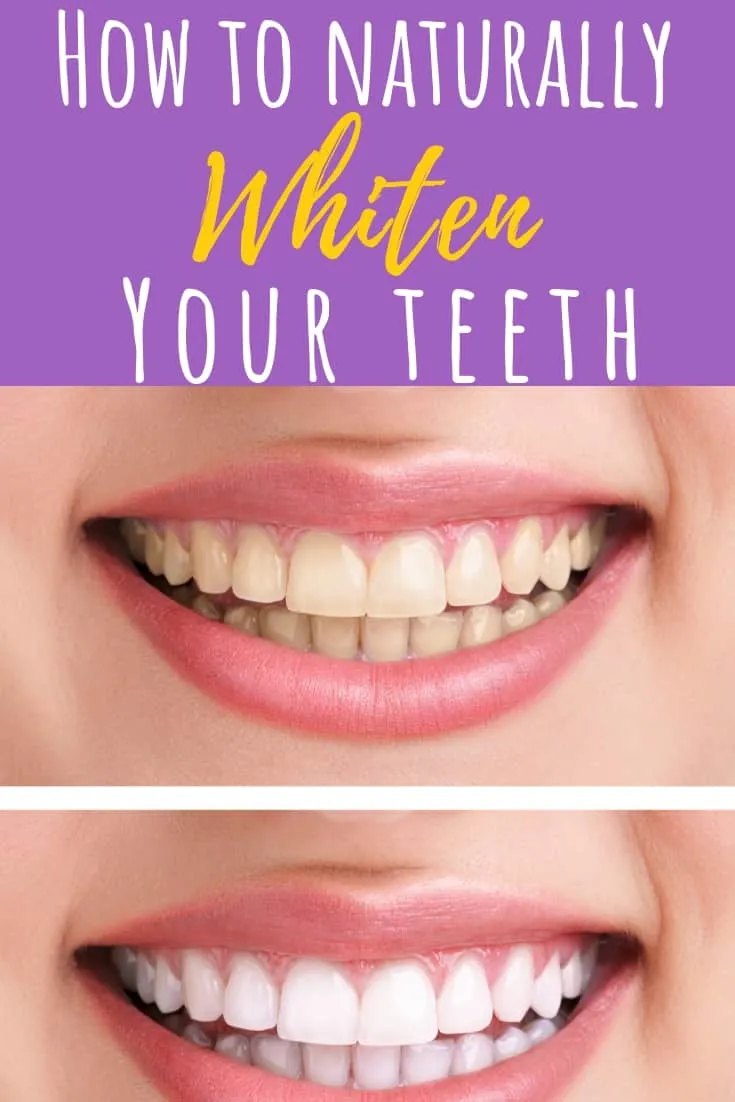Understanding Teeth Discoloration
Teeth discoloration is a common cosmetic concern affecting individuals of all ages. It refers to the change in the natural white color of your teeth, leading to a less bright and aesthetically pleasing smile. The causes of discoloration are varied, and understanding them is the first step towards effective whitening. Discoloration can range from surface stains to deeper changes within the tooth structure itself. Surface stains are often caused by dietary habits and lifestyle choices, while intrinsic stains may be due to aging, genetics, or certain medical treatments. Recognizing the type of discoloration you have will help you determine the most appropriate treatment approach whether you opt for home remedies or professional treatments. Proper assessment by a dental professional is also very important.
Common Causes of Teeth Discoloration
Several factors contribute to the yellowing or staining of teeth. These include both internal and external influences. The enamel, the outer layer of the tooth, is porous and can easily absorb stains from food and drinks. Over time, these stains accumulate, causing a change in color. Aging is another significant factor as enamel thins with age, revealing the yellowish dentin underneath. Genetics can also play a role, with some individuals naturally having thicker, brighter enamel than others. Additionally, certain medications, like tetracycline antibiotics taken during tooth development, can cause significant discoloration. Other factors include trauma to the teeth, which can damage the nerves or blood supply, and dental procedures like root canals, which can alter the tooth’s color over time.
Foods and Drinks That Stain Teeth

Certain foods and beverages are notorious for their staining properties. These items contain chromogens, intense color pigments that can easily adhere to the tooth enamel and cause discoloration. Coffee and tea are primary culprits, with their dark pigments capable of causing significant staining over time. Red wine, with its deep color and tannins, is another well-known offender. Dark-colored sodas and fruit juices, such as grape juice and cranberry juice, also contribute significantly to stains. Even seemingly healthy options like berries, including blueberries, blackberries, and raspberries, contain pigments that can stain teeth. Minimizing consumption or rinsing your mouth with water after consuming these items can help reduce their impact on your smile.
Lifestyle Habits That Impact Tooth Color
Lifestyle choices have a profound effect on teeth color. Tobacco use, whether smoking or chewing, is a major contributor to teeth discoloration, leading to unsightly yellow or brown stains. The chemicals in tobacco products stain the enamel and are difficult to remove without professional intervention. Poor oral hygiene practices exacerbate the problem, as inadequate brushing and flossing allow stains to accumulate and intensify. Regular consumption of sugary foods and drinks fuels bacterial growth, which can erode enamel and make teeth more susceptible to staining. Maintaining a balanced lifestyle, including a healthy diet, avoiding tobacco, and practicing good oral hygiene, is essential for preserving a bright, healthy smile.
Home Remedies for Instant Teeth Whitening
For those seeking quick results, several home remedies offer instant whitening effects. While these methods may not provide the same degree of whitening as professional treatments, they can still make a noticeable difference. It is crucial to use these remedies with caution, as excessive or improper use can lead to sensitivity or damage. Common home remedies involve the use of readily available ingredients like hydrogen peroxide, baking soda, and fruits. Always consult with your dentist before starting any new teeth whitening regimen to ensure it is safe and appropriate for your specific needs. Consistency and proper technique are key to achieving the best results without compromising your oral health.
Hydrogen Peroxide and Baking Soda the Dynamic Duo
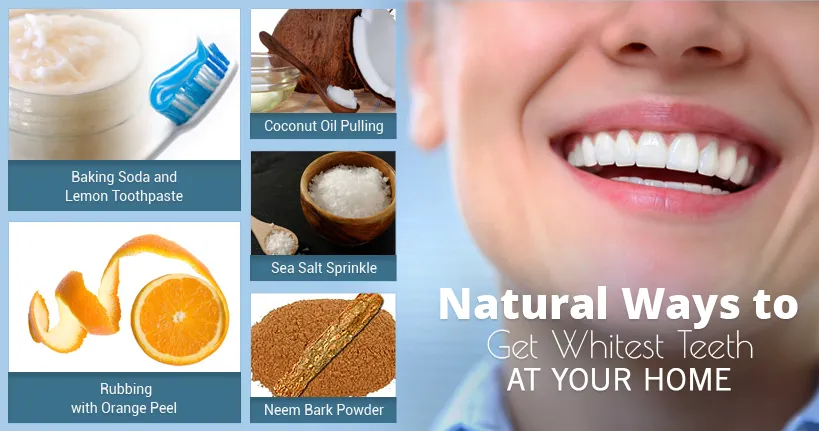
The combination of hydrogen peroxide and baking soda is a popular choice for teeth whitening. Hydrogen peroxide acts as a bleaching agent, helping to oxidize the stains on the surface of your teeth. Baking soda acts as a mild abrasive, helping to remove surface stains and plaque. Both ingredients are easily accessible and relatively inexpensive. However, it is vital to use them in the correct proportions and with proper technique to avoid damage to the enamel or gums. Using too much baking soda can wear down the enamel, while a high concentration of hydrogen peroxide can cause gum irritation or sensitivity. Always consult with a dentist for proper guidance.
How to Use Hydrogen Peroxide for Whitening
When using hydrogen peroxide for teeth whitening, opt for a 3% solution, which is generally considered safe for home use. Start by rinsing your mouth with the hydrogen peroxide solution for about 30-60 seconds. Make sure to spit it out completely and rinse your mouth with water afterward. Avoid swallowing the solution. This helps to kill bacteria in your mouth and starts the whitening process. Alternatively, you can mix a small amount of hydrogen peroxide with baking soda to create a paste. Apply this paste to your teeth for about 2 minutes, and then brush gently. Rinse thoroughly with water. It is important to note that this method should not be used frequently; once or twice a week is generally sufficient to prevent enamel damage and sensitivity.
How to Use Baking Soda for Whitening
Baking soda, a mild abrasive, can help remove surface stains from your teeth. To use it for whitening, mix a small amount of baking soda with water to form a paste. You can also add a few drops of hydrogen peroxide to this paste for enhanced effects. Apply the paste to your toothbrush and gently brush your teeth for about 2 minutes. Be sure to avoid scrubbing too vigorously, as this can damage the enamel. Rinse thoroughly with water after brushing. Like hydrogen peroxide, baking soda should be used sparingly, no more than once or twice a week, to minimize any adverse effects. Overuse can lead to increased sensitivity or erosion of the enamel layer, which can make your teeth more vulnerable to decay and staining.
Oil Pulling with Coconut Oil

Oil pulling is an ancient Ayurvedic practice that involves swishing oil in your mouth to remove bacteria and toxins. Coconut oil is a popular choice due to its pleasant taste and antibacterial properties. Proponents of oil pulling claim that it not only improves oral health but also whitens teeth. While the evidence for its whitening abilities is limited, oil pulling is a safe and natural method that can contribute to overall oral hygiene and potentially help remove some surface stains. The process is relatively simple and can be incorporated into your daily routine without any harsh chemicals or additives. Regular practice can lead to healthier gums and a cleaner mouth, supporting a brighter smile over time.
The Science Behind Oil Pulling
The science behind oil pulling revolves around the concept of fat-soluble toxins and bacteria. When oil is swished around the mouth, it binds to these toxins and bacteria, effectively drawing them out of the mouth. Coconut oil, specifically, contains lauric acid, which is known for its antimicrobial properties. This helps to kill harmful bacteria that contribute to plaque, gingivitis, and bad breath. As the oil is swished, it reaches areas of the mouth that are difficult to clean with a toothbrush, helping to remove debris and reduce inflammation. While research on its teeth whitening capabilities is ongoing, the practice has been shown to improve oral hygiene and reduce the risk of certain dental problems. The practice is a simple, natural remedy with multiple oral health benefits.
How to Perform Oil Pulling
To perform oil pulling, start by taking about a tablespoon of coconut oil (or another suitable oil) into your mouth. Swish the oil around your mouth for 15-20 minutes. Make sure the oil reaches all areas of your mouth, including between your teeth and along your gums. As the oil is swished, it will become thinner and whiter as it mixes with saliva. After 15-20 minutes, spit the oil into a trash can (not the sink, to avoid clogging the drain). Rinse your mouth thoroughly with water. Then, brush your teeth as usual to remove any remaining oil and bacteria. Oil pulling is best done on an empty stomach, ideally first thing in the morning. Consistency is key; incorporating it into your daily routine can lead to noticeable improvements in oral health.
Whitening with Fruits and Vegetables
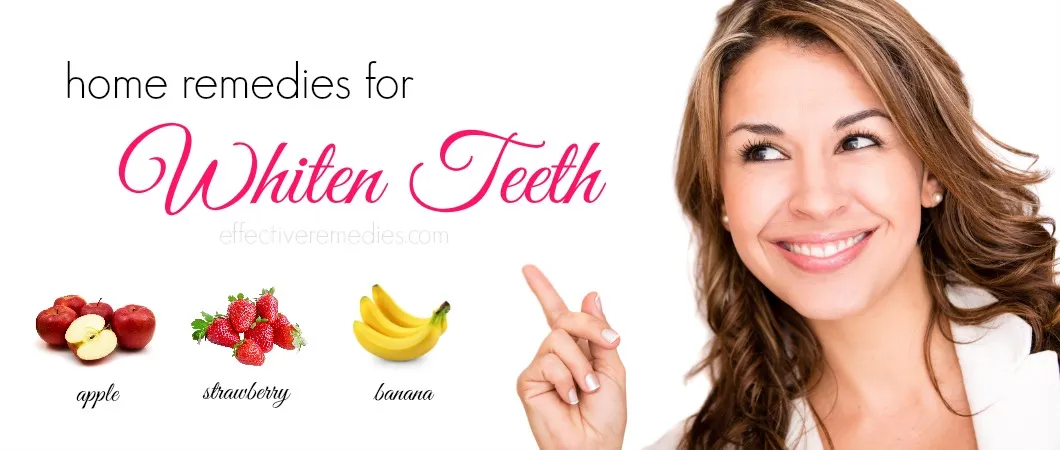
Certain fruits and vegetables contain natural enzymes and acids that can help whiten teeth. These foods act as mild abrasives, helping to remove surface stains, and some have properties that can reduce bacteria, contributing to overall oral health. Incorporating these foods into your diet can be a safe and natural way to promote a brighter smile. However, it is important to remember that these methods are not as potent as professional treatments and should be used as a complement to a consistent oral hygiene routine. Regular consumption of these foods, along with proper brushing and flossing, will contribute to the overall health and appearance of your teeth.
Strawberries and Their Whitening Properties
Strawberries contain malic acid, a natural enzyme that acts as a mild astringent and can help remove surface stains. The process involves mashing a strawberry into a paste and applying it to your teeth for a few minutes. The malic acid gently breaks down stains, revealing a brighter smile. After application, brush your teeth to remove any remaining strawberry particles. Strawberries are a popular choice for home whitening remedies due to their accessibility and pleasant taste. While strawberries can help with surface stains, they are not a substitute for brushing and flossing. Furthermore, overusing this method can potentially erode enamel due to the acidity of the fruit, so use it sparingly.
The Role of Pineapple in Whitening
Pineapple contains an enzyme called bromelain, which has anti-inflammatory and stain-removing properties. Bromelain helps to break down proteins and remove plaque buildup, leading to a cleaner and brighter smile. Unlike strawberries, pineapple does not involve direct application. Instead, incorporating pineapple into your diet can contribute to oral health and potentially reduce surface stains over time. While the whitening effect of pineapple is less potent compared to other remedies, the fruit’s enzymatic activity can help maintain a clean mouth and support a healthier smile. Enjoying pineapple as part of a balanced diet can be a delicious way to promote oral health.
Preventive Measures for a Brighter Smile
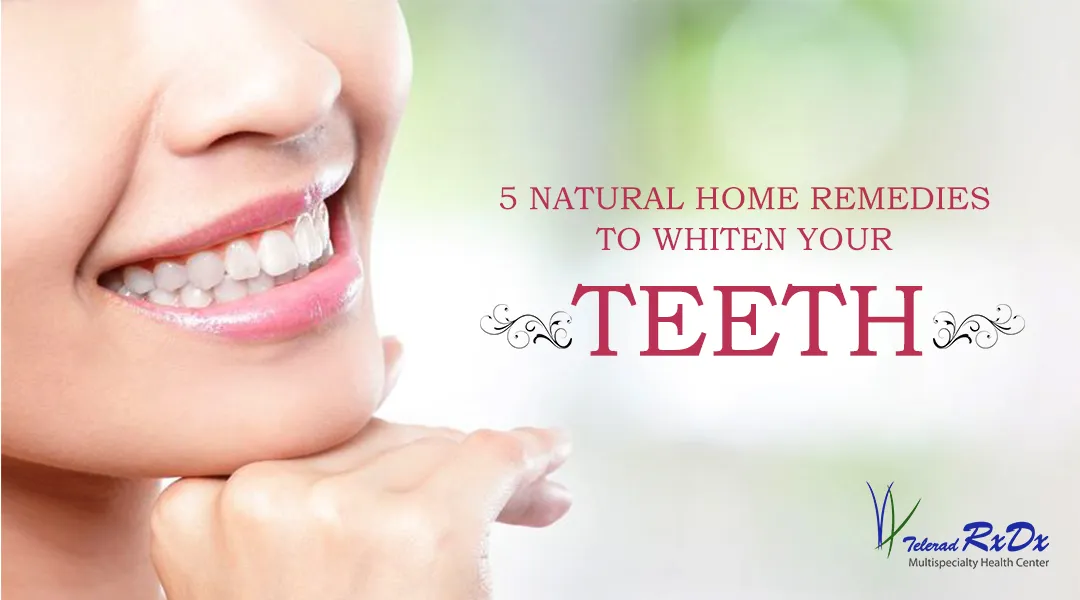
Preventive measures are critical to maintaining a bright and healthy smile. These involve consistent oral hygiene practices, dietary adjustments, and regular dental check-ups. Taking proactive steps to care for your teeth not only helps to prevent discoloration but also reduces the risk of other dental problems. A combination of good habits and regular professional care is the most effective way to keep your teeth looking their best. Staying vigilant about your oral health will help you avoid the need for extensive and costly treatments in the future. Make preventative measures a regular part of your routine for long-term benefits.
Maintaining a Consistent Oral Hygiene Routine
A consistent oral hygiene routine forms the foundation of a brighter smile. Brushing your teeth at least twice a day with fluoride toothpaste is essential to remove plaque and bacteria, preventing stains and tooth decay. Flossing daily is equally important to remove food particles and plaque from between your teeth, where a toothbrush cannot reach. Using an antibacterial mouthwash can further reduce bacteria and freshen your breath. Regular dental check-ups and professional cleanings are crucial for removing accumulated plaque and tartar and identifying any potential issues early. Make oral hygiene a habit, incorporating these steps into your daily schedule, to ensure a healthy, bright smile.
Dietary Adjustments to Avoid Staining
Dietary adjustments play a significant role in preventing teeth discoloration. Limiting or avoiding stain-causing foods and beverages is a simple yet effective way to protect your teeth. Reduce your intake of coffee, tea, red wine, and dark-colored sodas, as these drinks contain pigments that can easily stain the enamel. If you do consume these items, rinse your mouth with water immediately afterward to minimize their impact. Minimize your consumption of sugary foods and drinks, as these can increase the risk of tooth decay and erosion, which can make teeth more susceptible to staining. Incorporate plenty of water, fresh fruits, and vegetables into your diet to promote overall oral health.
Professional Teeth Whitening Options
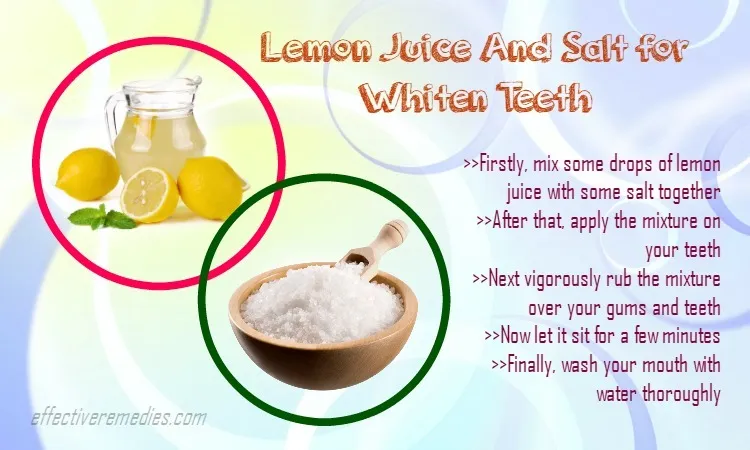
For more dramatic and lasting results, professional teeth whitening offers the best solution. Dentists can provide in-office whitening treatments or offer custom-fitted trays for at-home use. Professional treatments use higher concentrations of bleaching agents that are safe and effective under the supervision of a dental professional. In-office whitening involves applying a strong bleaching agent to the teeth, which is then activated by a special light. This treatment can often be completed in a single visit. At-home whitening kits from your dentist involve custom-fitted trays and a bleaching gel. These options provide superior whitening compared to over-the-counter products, offering personalized care and guidance from dental experts.
In conclusion, achieving a brighter smile involves a multifaceted approach. Understanding the causes of teeth discoloration is the first step. Effective home remedies, such as hydrogen peroxide, baking soda, oil pulling, and fruits, can help to remove surface stains. Implementing preventive measures like good oral hygiene and dietary adjustments is equally crucial. For the best and longest-lasting results, consider professional teeth whitening. By combining these methods, you can achieve a radiant, healthy smile that boosts your confidence and overall well-being. Remember, consistency and professional guidance are key.
